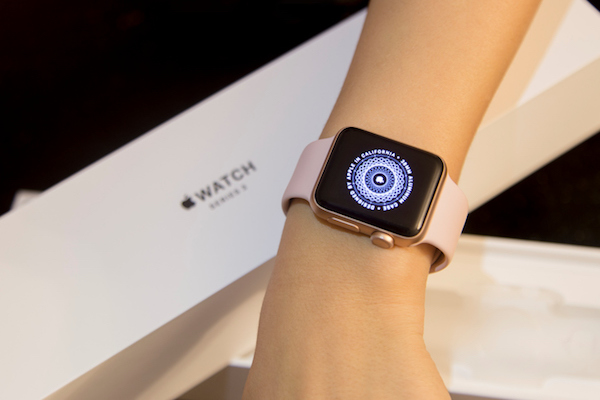
Health Features of Apple Watch (Series 4)
Previous versions of the Apple Watch were geared toward millennials who prefer convenience over style and tradition, but this time around there’s something for everyone.
With the release of its latest watch (series 4), Apple seems determined to lock down a new segment of the consumer market. New features such as the ECG app and irregular heart rhythm notification have been built in to appeal to middle-aged/health-conscious users. Previous versions of the watch were geared toward millennials who prefer convenience over style and tradition. This time around, there’s something in it for everyone, if you’re willing to shell out at least $400.
Before the end of 2018, Apple will launch the ECG app, which can provide something similar to a single-lead electrocardiogram. If you’re not familiar with an electrocardiogram, it basically records electrical signals generated by the heart. The app isn’t intended to take the place of an actual ECG (EKG), which is much more of a thorough process with many more sensors. The main purpose is to gather data, which can be useful to yourself and your doctor(s). This won’t be the first ECG generator in wearable form, but it could be the easiest to implement moving forward.
Irregular heart rhythm notification also due out later this year
Two new hardware elements of the new apple watch will be working together to read electrical signals from your heartbeat. The Digital Crown Electrode on the side of the watch will be able to read electrical impulses in your fingertips, while the Back Crystal Electrodes will read the same impulses in your wrist. As a result, an ECG will be generated in about thirty seconds. These new hardware features will also be able to pick irregular heartbeats, which typically go undiagnosed, but can be symptoms of serious heart conditions.
Fall Detection and Emergency SOS
At first glance, the new Fall Detection feature looks like it’s being aimed at an older segment of potential consumers. However, there’s no telling when adventurous types of fitness enthusiasts might take a unfortunate fall. Fall detection can detect a user falling down in an abnormal manner. From there, a “hard fall” alert is delivered through the watch. The alert can be easily dismissed as a false alarm, if necessary. Or it can initiate the process of notifying emergency contacts.
The Emergency SOS feature opens up all channels of effective assistance in a timely manner. Not only does Emergency SOS call 911, it notifies your emergency contacts, sends your current location, and displays your Medical ID badge all without you having to use your iPhone.
More easy to integrate health apps:
Breathe – Everybody needs to stop and smell the roses from time to time. If there aren’t any roses around, maybe take a few deep breaths. The Breathe app (available as a watch face) encourages users to breathe deeply in one of three different modes (classic, focus and calm).
Clue – One of the more advanced period/fertility trackers, Clue puts relevant information about your menstrual cycle at your fingertips (and the fingertips of those closest to you). Clue also maintains a very informative website where readers can learn about all aspects of reproductive health. Even the topics most people don’t really want to bring up in small talk.
Dexcom G6 – An advanced glucose monitoring system with no calibration or finger sticks needed, Dexcom G6 integrates easily into Apple Watch Series 4 providing the ability to monitor glucose levels continuously for those with type 1 or type 2 diabetes.
Lifesum – A practical app that helps users make better decisions when it comes to eating, working out, weight loss and overall health. Features include a calorie counter, personalized diets, habit trackers and recipes among many others for as little as $3.75 per month.







